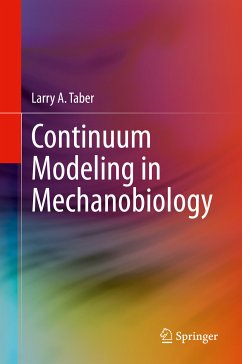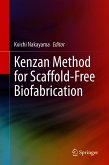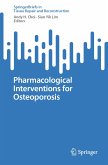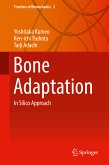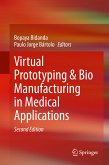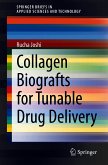- Broadens readers' understanding of nonlinear elasticity, contractility, growth and remodeling theory, and mechanical feedback in development
- Includes numerous quantitative examples to illustrate basic theoretical mechanobiology concepts, such as active force generation, theories for growth and remodeling, and morphogenesis
- Illustrates theorieswith numerous applications to specific problems, such as cardiac mechanics, growth (and remodeling) of the heart and arteries, and embryonic development of the heart, brain, and gut
Dieser Download kann aus rechtlichen Gründen nur mit Rechnungsadresse in A, B, BG, CY, CZ, D, DK, EW, E, FIN, F, GR, HR, H, IRL, I, LT, L, LR, M, NL, PL, P, R, S, SLO, SK ausgeliefert werden.

